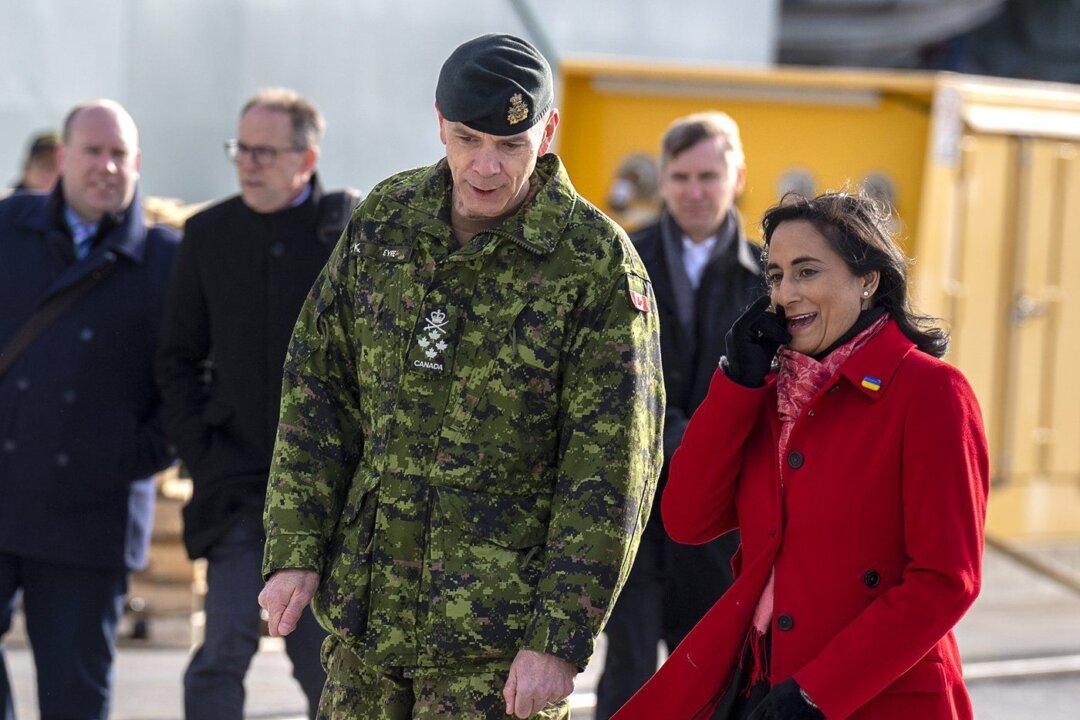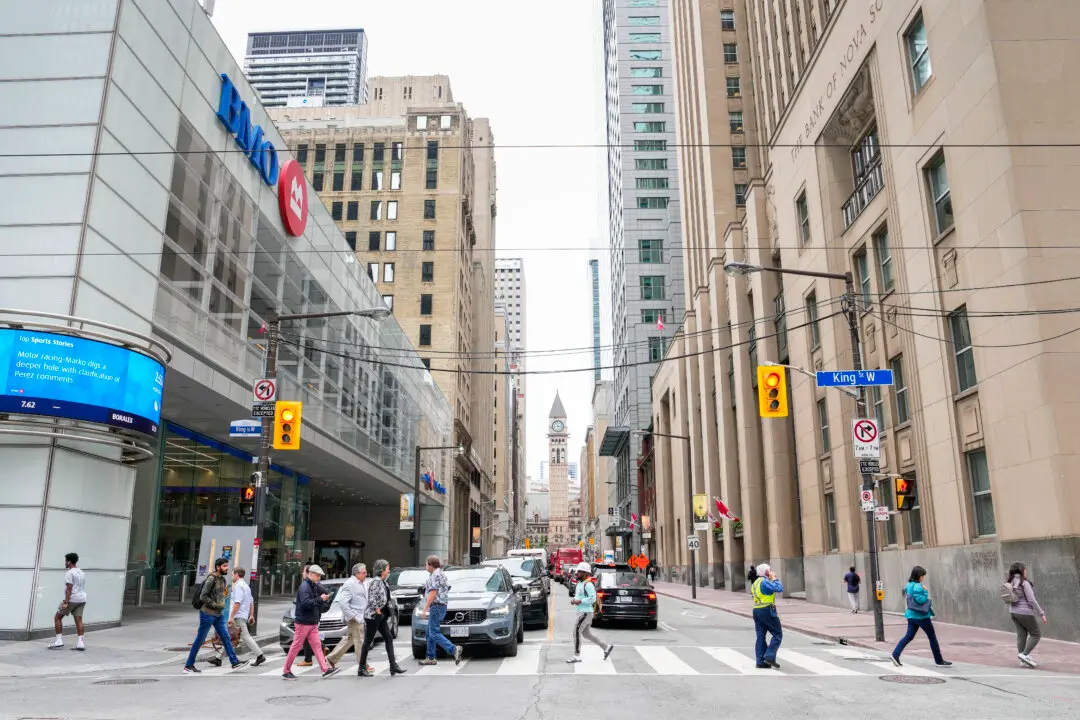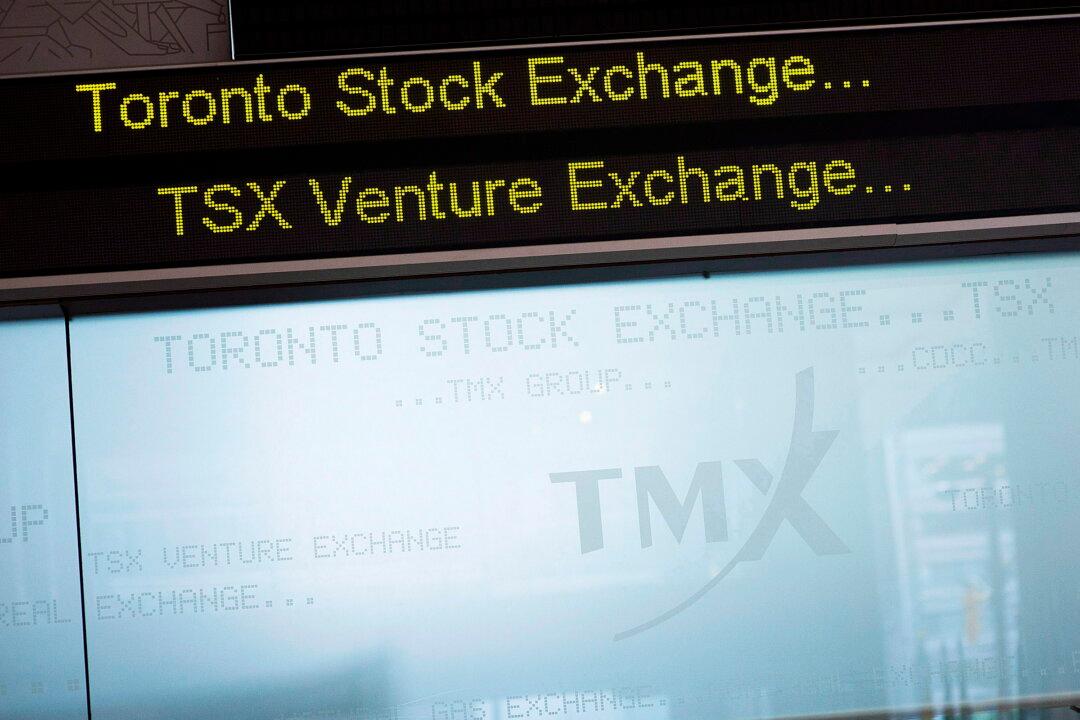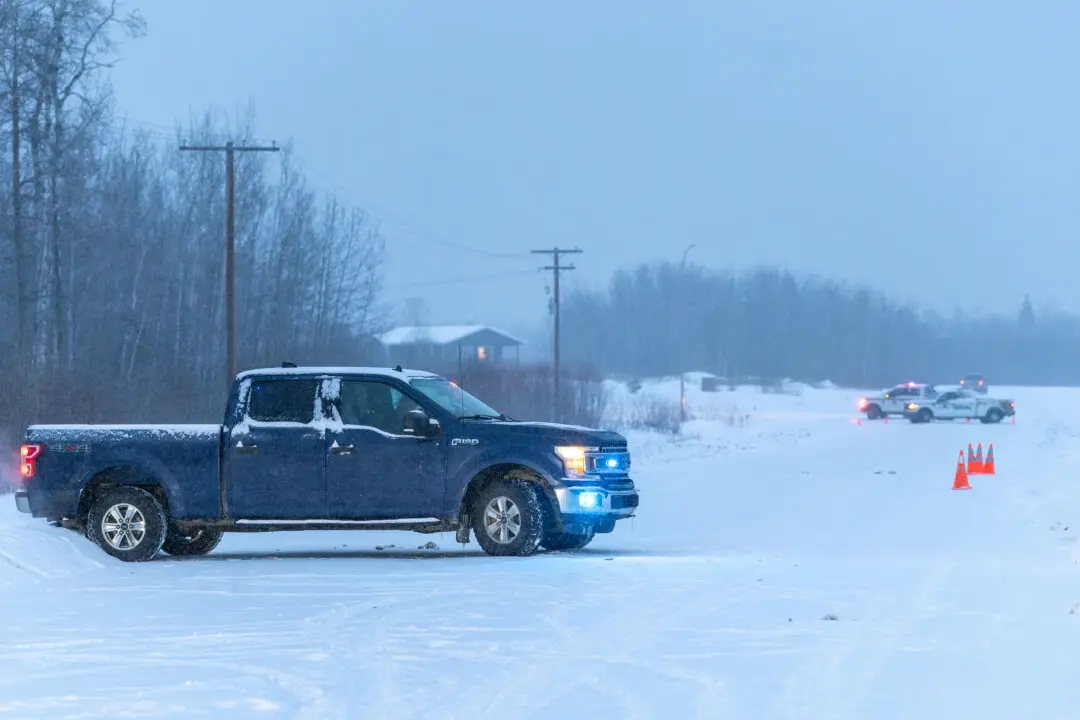Defence Minister Anita Anand pushed back on Friday against suggestions that growing Canada’s military’s footprint in Asia will come at a cost to the country’s long-standing commitments to Europe, where NATO allies are expecting to see more Canadian troops.
The issue emerged after Prime Minister Justin Trudeau announced at an international summit in Bangkok that the government’s new Indo-Pacific strategy will include “increased defence investments” to ensure peace and stability in the region.





